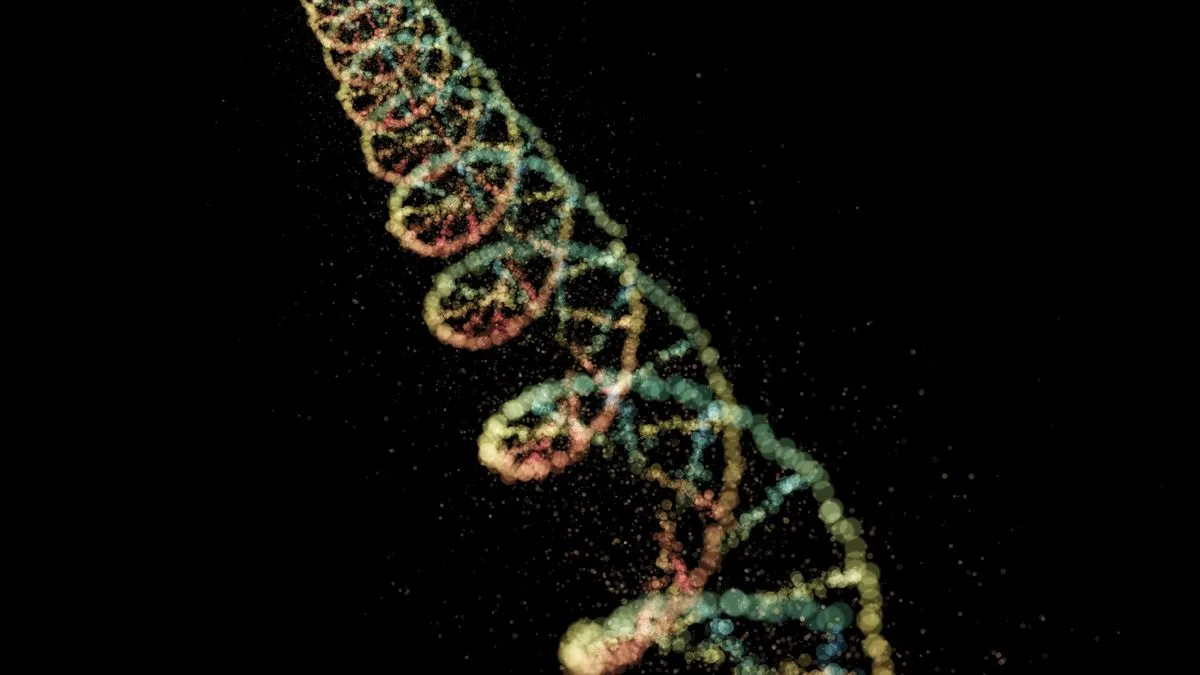
Scientists frequently utilize epigenetic clocks to gauge biological aging. However, the underlying mechanisms that make these clocks tick are not yet fully comprehended. Recent research has uncovered a significant clue: these clocks are synchronized with random mutations that accumulate in our DNA as we age.
It is well-established that throughout a human's lifespan, mutations accumulate in the DNA of cells. Such changes occur when cells undergo replication or face external insults like radiation and infection. With advancing age, the mechanisms responsible for repairing DNA damage become less efficient. As these mutations accumulate, the likelihood of encountering immune issues, neurodegeneration, and cancer increases significantly.
However, DNA mutations don't paint the complete picture of aging. Molecular changes, known as epigenetic changes, also occur on top of DNA. These changes don't alter the DNA's fundamental code but can turn genes on or off or adjust their activity levels. Research indicates that the pattern of epigenetic markers on DNA changes predictably with age, and epigenetic clocks track these patterns to estimate a person's or tissue's biological age.
In a study published on January 13 in the journal Nature Aging, scientists connected genetic and epigenetic changes in a novel way. Jesse Poganik, an investigator at Brigham and Women's Hospital and instructor in medicine at Harvard Medical School, highlighted the significance of the study. He noted the criticisms regarding the "black box" nature of epigenetic clocks, questioning whether the observed epigenetic changes drive aging or merely reflect it.
Dr. Steven Cummings, the senior study co-author and executive director of the San Francisco Coordinating Center at the University of California, San Francisco, theorized a direct link between gene mutations and changes measured by epigenetic clocks. The study found a strong correlation between the two.
To delve deeper into this theory, let's explore the chemistry involved. A common epigenetic mechanism, crucial to most epigenetic clocks, is DNA methylation. This process involves methyl groups attaching to cytosine (C), one of DNA's four fundamental letters. This primarily occurs at CpG sites, where C sits adjacent to guanine (G). However, mutations altering C or G can disrupt this methylation process.
Trey Ideker, a senior study co-author, explained that mutations could lead to a loss of methylation. Conversely, methylation can influence where DNA mutations occur. A methyl group attached to C can destabilize it, making it more prone to mutation.
Given this interplay between mutations and methylation, the research team sought to connect these processes to aging. Lead study author Zane Koch, a doctoral student in bioinformatics at UC San Diego, analyzed data from the Cancer Genome Atlas and the Pan-Cancer Analysis of Whole Genomes. The team examined mutation and methylation data from over 9,330 cancer patients.
The researchers discovered that mutated CpG sites exhibited less methylation than unmutated ones. Moreover, mutations seemed to trigger a ripple effect, causing nearby intact CpG sites to become hypermethylated. This ripple effect extended up to 10,000 letters on each side of the mutation.
Upon observing this relationship, the team developed clocks based on genetic and epigenetic changes. Both clocks made similar age predictions, suggesting synchronization between them.
What does this reveal about aging? One possibility is that both genetic and epigenetic changes occur downstream of a different process that drives aging. Cummings, however, posits that DNA mutations drive aging, with epigenetics reflecting this process. If true, reversing or halting aging will require addressing somatic mutations rather than merely adjusting epigenetic markers.
More research is needed to fully elucidate the study's findings and their implications for aging. The current study focused on tissues from individuals with cancer, necessitating replication in non-cancerous individuals. Additionally, tissue samples were taken at a single point in time, preventing direct observation of age-related changes.
In future experiments, scientists could induce mutations in cells and monitor resulting epigenetic changes. Long-term human studies could provide insights into which phenomenon occurs first or whether a continuous interplay exists between the two processes.
These future studies may illuminate the mechanisms behind epigenetic clocks and, more broadly, what drives aging. Understanding these processes will enhance our ability to apply epigenetic clocks effectively.